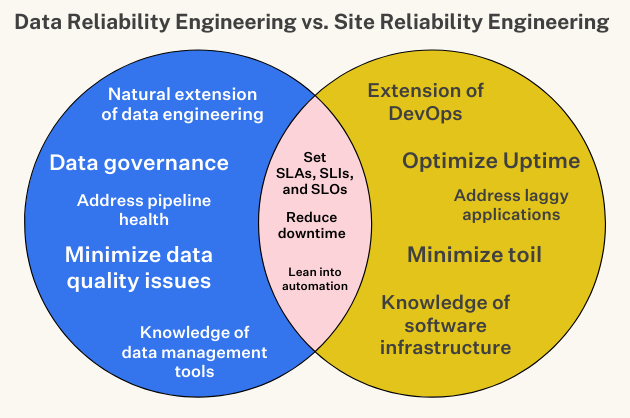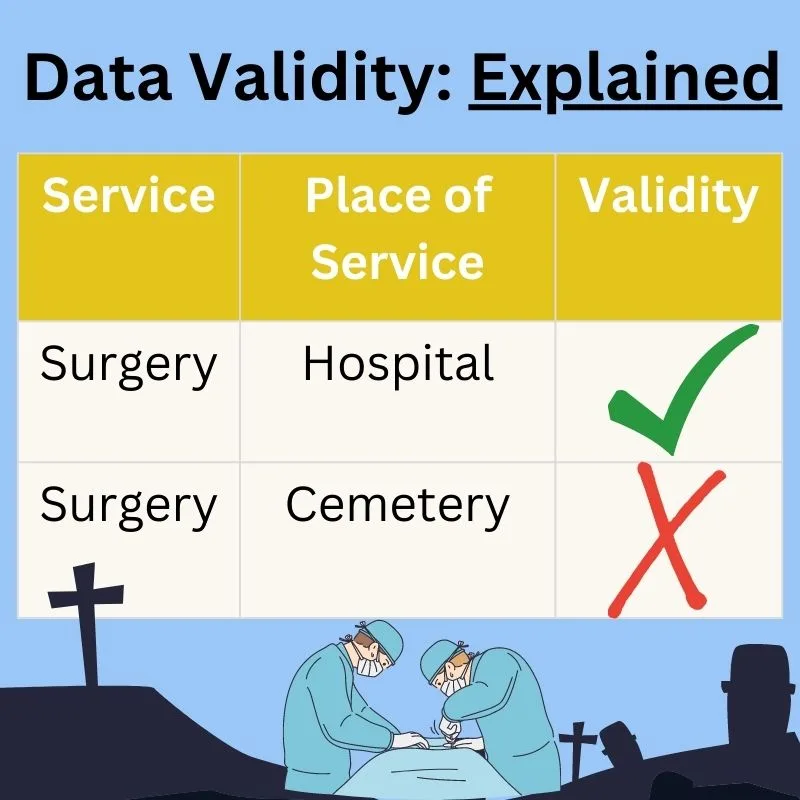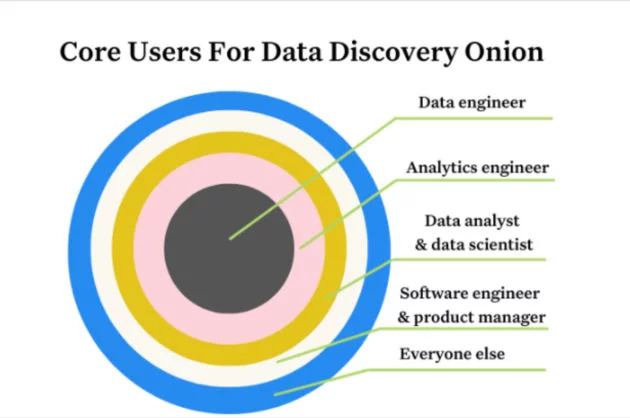What is Data Timeliness? It’s the Boost Your Business Needs

You know how it feels when you’re stuck in traffic? Inching along at a snail’s pace, while important events are unfolding somewhere else? That’s kind of what it’s like when your business is running on stale data.

In fast-paced businesses, timely data is the key to making informed decisions and staying competitive.
At the center of this capability is a critical aspect of data management: data timeliness. This often-overlooked dimension of data quality plays a pivotal role in ensuring that information is not just accurate, but also available when it’s needed most.
Table of Contents
What is Data Timeliness?
Data timeliness is the degree to which data is up-to-date and available at the required time for its intended use. This is important for enabling businesses to make quick and accurate decisions based on the most current information available. Data timeliness affects data quality by determining the reliability and usefulness of the company’s information.
For example, if we run an online grocery delivery service, real-time, low-latency data can provide customers with accurate information on product availability, delivery status, and personalized recommendations. This ensures our customers receive the freshest products with a seamless shopping experience.
Timely data also offers cost savings. By using real-time data to manage inventories, optimize delivery routes, and coordinate with suppliers, we can reduce the risk of stockouts, minimize delivery delays, and ensure smooth operations.
Additionally, maintaining timely and accurate data on product sourcing, handling, and delivery is key to meeting food safety regulations and reporting requirements. This helps us stay compliant with industry standards and government regulations, thereby avoiding penalties and maintaining consumer trust.
Measuring Data Timeliness
We can measure data timeliness using key metrics such as:
- Data Freshness: The age of data and how often it’s refreshed. To learn more, read our guide on data freshness.
- Data Latency: The delay between data generation and its availability for use.
- Data Accessibility: The ease with which data can be retrieved and used when needed.
- Time-to-Insight: The total time elapsed from data generation to the point where it provides actionable insights. This metric encompasses data latency plus the time required for processing and analysis.
Setting benchmarks for these metrics allows us to establish realistic improvement goals and track our progress. However, to truly optimize data quality timeliness, continuous monitoring and reporting are essential. This can be achieved through a data observability platform like Monte Carlo, enabling ongoing improvement and swift issue resolution.
While measuring and monitoring data timeliness are crucial first steps, many organizations discover significant challenges once they begin this process. Let’s explore these common obstacles and strategies to overcome them.
Overcoming Challenges to Achieve Data Timeliness
Despite the clear benefits of timely data, organizations often encounter several hurdles:
- Complex Data Pipelines: Intricate data pipelines that involve multiple stages and dependencies can hinder smooth data flow.
- Legacy System Integration: Older systems may not easily integrate with modern, real-time data processing requirements, creating bottlenecks in the data pipeline.
- Data Volume and Velocity: The ever-increasing amount and speed of incoming data can overwhelm processing capabilities, making it difficult to deliver information promptly.
- Organizational Silos: Departmental barriers can impede the seamless flow of data across an organization, affecting overall timeliness.
Strategies for Improving Data Timeliness
To address these challenges and improve data timeliness, consider implementing the following strategies:
- Embrace Real-Time Processing: Shift from batch processing to real-time data processing technologies. This transition can dramatically reduce latency in data availability, ensuring that information is up-to-date when it reaches end-users.
- Streamline Data Pipelines: Optimize your data workflows by employing techniques such as parallelization and caching. These methods can significantly enhance data flow efficiency. For more detailed guidance, refer to our comprehensive guide on SQL query optimization.
- Harness Automation and AI: Leverage artificial intelligence and automation to reduce manual interventions in data processes. This not only speeds up data handling but also minimizes human-induced delays and errors.
- Implement Data Observability: Adopt robust data observability practices to proactively identify and resolve timeliness issues. This approach provides a holistic view of your data health, enabling you to address potential problems before they impact your operations.
By tackling these challenges head-on and implementing these strategies, organizations can significantly enhance their data quality timeliness, leading to more informed decision-making and improved business outcomes.
Improving Data Timeliness with Monte Carlo
Monte Carlo offers advanced data observability solutions that help monitor and improve data timeliness. By implementing Monte Carlo’s solutions, organizations can:
- Gain real-time visibility into data pipelines and workflows.
- Detect and alert on data freshness issues before they impact downstream processes.
- Automate data quality checks to ensure timely and accurate data delivery.
- Provide stakeholders with up-to-date information on data health and reliability.
Get Started Today
Leave your email below to get insights into the timeliness of your data and see how Monte Carlo can help your organization unlock its full potential.
Our promise: we will show you the product.
Frequently Asked Questions
What does timeliness of data mean?
Timeliness of data refers to how up-to-date and available data is at the required time for its intended use. It ensures that information is current and can be used to make quick and accurate decisions.
How to measure timeliness of data?
Timeliness of data can be measured using key metrics such as data freshness (age of data and refresh frequency), data latency (delay between data generation and availability), data accessibility (ease of retrieval and use), and time-to-insight (total time from data generation to actionable insights).
How does timeliness affect data quality?
Timeliness affects data quality by determining the reliability and usefulness of the data. Timely data enables informed decision-making, cost savings, regulatory compliance, and enhances customer experience by providing accurate, real-time information.
 Product demo.
Product demo.  What is data observability?
What is data observability?  What is a data mesh--and how not to mesh it up
What is a data mesh--and how not to mesh it up  The ULTIMATE Guide To Data Lineage
The ULTIMATE Guide To Data Lineage 




